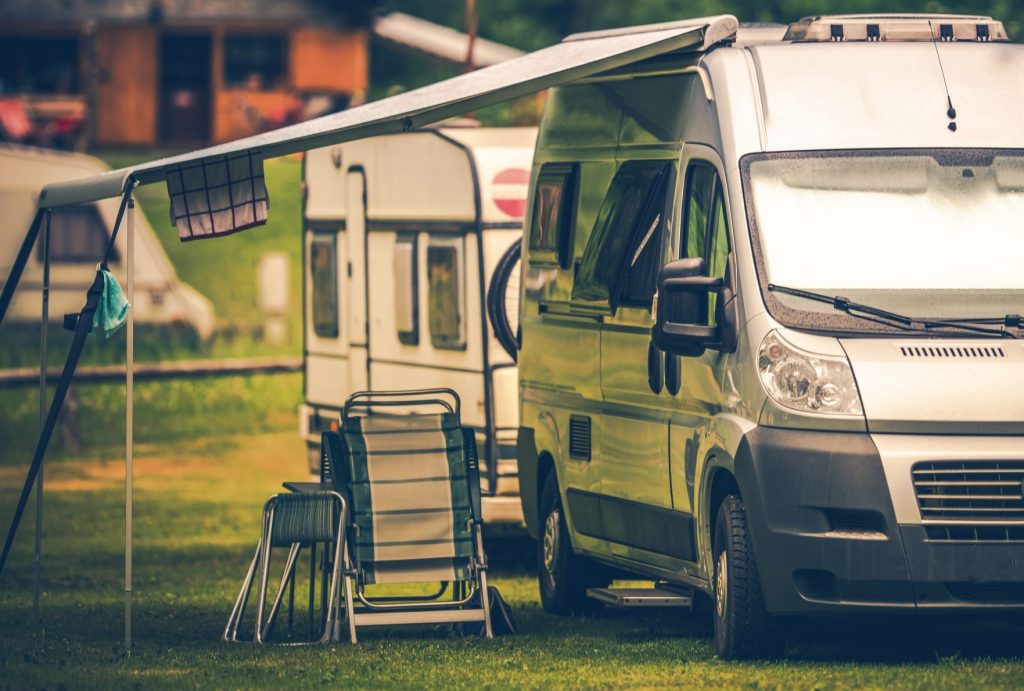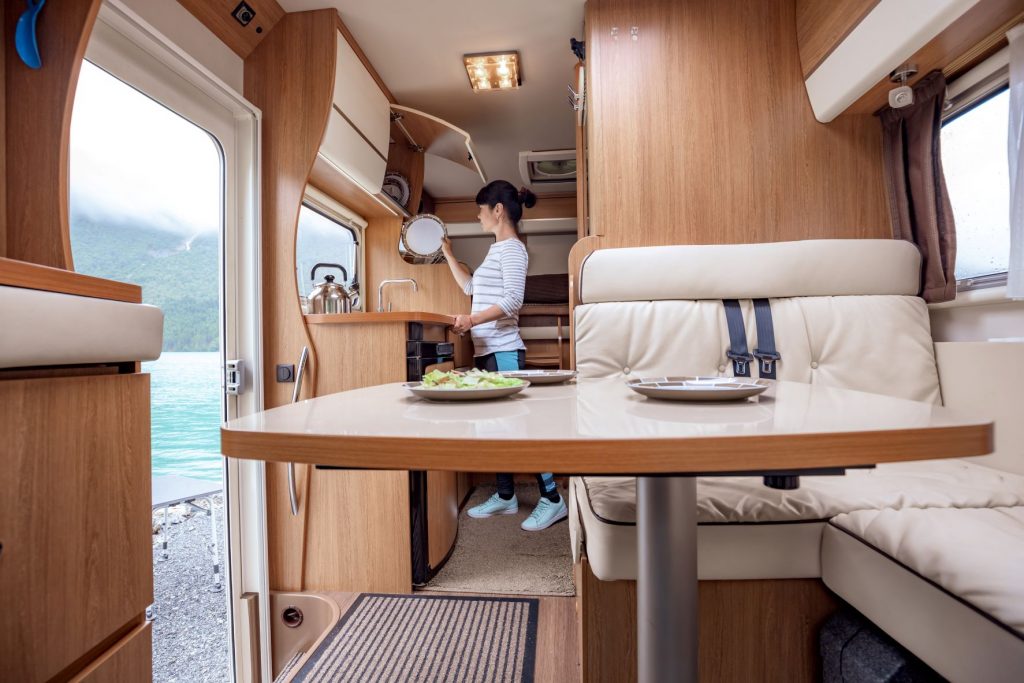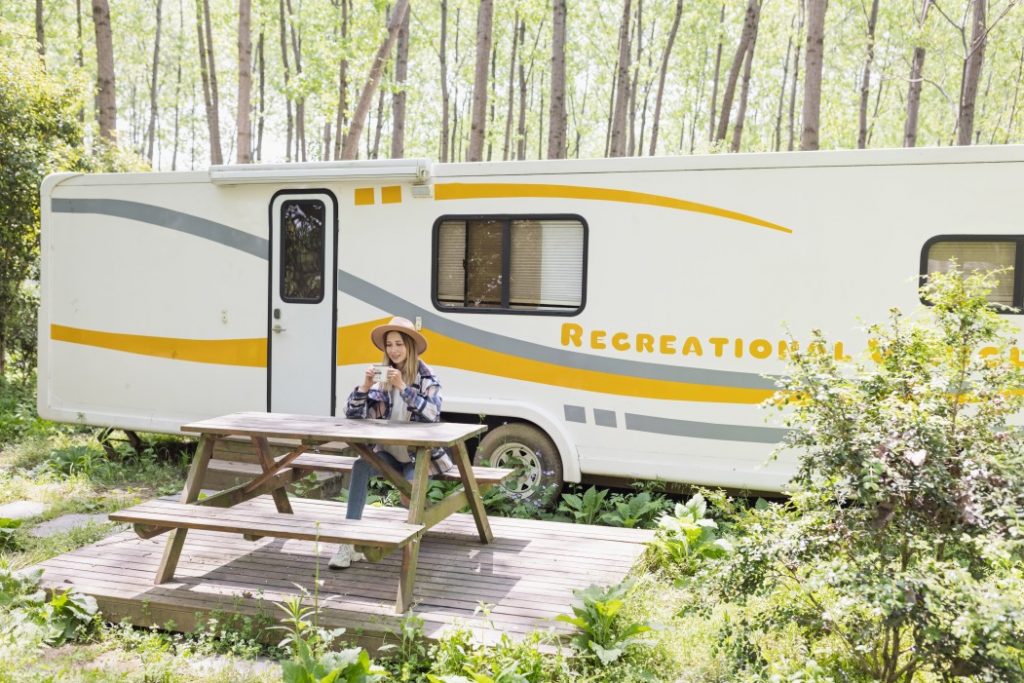To drive a motorhome, you will need a special license in most states. You can get a noncommercial special license that has an endorsement, or a commercial driver’s license with a special endorsement. The process is similar to getting a regular driver’s license but can be easier and faster. It can include taking the knowledge, and driving skills test online, depending on your state.
Class C
Driving an RV or motorhome requires a different type of license than driving a car. While a class B driver’s license is sufficient in most states, you may need to obtain a CDL to operate a motorhome. You can check the DMV in your state to find out whether you need a CDL to drive an RV.
Depending on the weight of your motorhome, you will need a Class B or Class C motorhome license. This license is required for vehicles between 13,000 and 30,000 pounds. Although most Class A RVs can be purchased in small sizes, it is important to double-check the vehicle’s total weight before you purchase one.
The requirements for a CDL vary from state to state but generally speaking you will need a commercial driver’s license to drive a Class C motorhome. There are some exceptions to this rule, but you should check with the state where you plan to drive to determine if they require a special CDL to motorhomes.
A Class C motorhome is larger than a van, but it is not as long as an RV. Although class C motorhomes are not required to have a CDL license in most states, it is required if you plan to tow anything behind your RV. But if you are only driving in the state where you bought your motorhome, you don’t need to worry.
If you intend to drive an RV for business purposes, you will need a commercial driver’s license. A commercial license is required if you plan on driving your RV over 26,000 lbs. A CDL license will allow you to drive anywhere without a CDL. It will also help you learn more about RVs and motor homes.
RV driving is quite different from driving a car or truck. You may need a special RV license in some states. For more information, check with your state’s DMV.
Class A
Driving a motor home requires a special license. Although most states have reciprocity agreements in place, some may have additional restrictions. A CDL is required for driving or towing large vehicles over 26,000 pounds. Check the regulations in your state and contact the DMV if you have any questions.
Most types of RVs don’t require a special license to drive, but you should check with your state DMV to be sure. Every state has its own laws and regulations, so you may need to update your license for your motorhome. There are different restrictions in some states regarding the size of RVs.
Hawaii is the only exception. Commercial drivers must have a CDL to drive a motorhome. You can get a special license if you’re going to drive a big rig motorhome. Some states even have special requirements for towing large RVs.
If you plan to drive an RV that weighing more than 26,000 pounds, you’ll need a commercial driver’s license. Most Class A RVs are under 26,000 pounds. If you plan to drive a motorhome that weighs over this limit, you should consider getting a Class B or C license.
In addition to your CDL, you’ll need a license for your motorhome. You will need a CDL to drive a Class-A motorhome in many states. You’ll also need an appropriate insurance policy. You’ll be glad that you have the right insurance policy, even though it shouldn’t be an emergency decision.
Class B
While a Class B motorhome license is not required in all states, if you’re planning to drive a Class A motorhome, you should contact your local DMV for information. You’ll also need to check whether you need to purchase an RV license in your state. Generally, a license is required for vehicles that weigh more than a certain amount and can carry 15 or more people. Some states have their own rules.

A Class B motorhome looks like an over-sized van. It is high enough to allow people to walk inside. The bathroom is usually small, with a shower and toilet inside. Some motorhomes have toilets that cannot be accessed from the outside.
You can apply for a Class A motorhome license depending on where you live. First, you will need to pass a written exam. Then, you’ll have to take a driving test to show that you are able to drive a motor home safely.
A Class B motorhome usually uses diesel fuel. This is another important point to remember when driving an RV. It is best to avoid using the wrong fuel as it can cause motor damage and even break down. Therefore, you should check with your DMV to make sure you have the correct class of license.
It is important to know the California motorhome regulations before you plan your RV trip. Each state has laws regarding these vehicles, so it’s important to know what the laws are in your state. If your motorhome is larger, you may need a special driver’s license. The rules for driving a motorhome vary depending on the size and weight of your motorhome.
In addition to obtaining a motorhome license, you’ll need to have a CDL. This license is required for commercial drivers who drive commercial vehicles. Although the CDL is not required for recreational motorhome owners, it is recommended for commercial drivers who drive commercial vehicles.
Oversize permit required
An oversize permit is required if you plan to drive a motorhome. These permits are required to drive over state highways. These permits can be applied for at the Florida Department of Transportation Permits Office. Every state has its own regulations about oversize trailers. Make sure you check with your state’s Department of Transportation Permits Office to find out which permits are required.
Most states prohibit the transport of oversize loads on weekends and legal holidays. The reason is that the vehicles must stop for a specific period of time before and during the holiday. This means that a motorhome will have to stay put during periods of high volume traffic, like the holiday season.
Driving a motor home on state highways requires an oversize/overweight permit. Drivers of these vehicles must follow the specific size and weight limits to avoid being pulled over by police. The escort requirements are detailed on the M-204 form, which you can get online or in the mail. Oversize and overweight permits are also required if you are driving a farm vehicle. These permits are required if the vehicle is traveling on a primary road, and they are not exempt from the escort requirements if you are traveling on secondary roads.
If you’re moving your motorhome from one state to another, you’ll need to get an extended period permit. These permits allow you to move your vehicle up to 80 feet. This is enough for most personal haulers. However, if your motorhome is bigger than those sizes, you’ll need to get an oversize permit from Caltrans.
You can purchase permits for oversize vehicles in many states. If you are moving an oversize motorhome, you may be eligible for an extended permit. This permit allows you to use a booster axle, which is an option for those who are driving an oversize motorhome. This permit is $60. An extended permit is also available that allows you to lift a lift wheel during a turn.
You might also need to verify the size restrictions on state highways. Some states only allow you to tow vehicles under 8 1/2 feet wide. These limits are set to protect the drivers and passengers. Failure to follow these rules could result in fines and suspension of your driving privilege. You can contact the transportation department in the state where your residence if you are unsure about the regulations.



